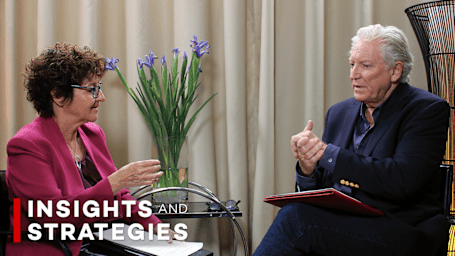
How to Manage a Task Force - Interactive
In this interactive course Colin McLaren, former homicide task force leader, discusses with Eve Ash the essential elements of assembling and managing top taskforces for the most complex problems and projects. When it comes to organizing a taskforce or project team for a tough challenge, it essential to recruit the best people with relevant experience, qualifications, energy and drive.
You will learn that a project team or taskforce needs excellent communications and information sharing processes, the capacity to debrief when things are stressful, the best equipment for the job and high standards. Above all, leaders must stay focused, remembering to post all salient points, progress and successes, and acknowledging people while maintaining confidentiality.
Key Learning Points
Big problems often require a task force. These should be:
- Assembled on the basis of merit
- Comprise the best people
- Well briefed with a good communications and information sharing process
- Focused and maintain high standards
- Able to release stress
- Well-equipped and properly acknowledged
- Prepared to maintain confidentiality
This interactive course will provide skills, knowledge and expertise for team leaders and anyone managing a project, so they communicate effectively and empower their teams for best performance.
This interactive course is one of the Insights and Strategies Series, featuring psychologist Eve Ash interviewing a range of experts and business leaders who share their experiences and practical strategies for achieving best practice.
Learning Outcomes
By the end of this course, learners should be able to:
- Identify the key elements for leading a successful project team or task force for tough challenges
- Select the best people, based on expertise, merit and drive
- Outline the goals/tasks and ensure everyone is well briefed
- Develop a good communications and information sharing process
- Apply high standards, equipment and support for the team
- Illustrate progress and results to motivate the team
- Acknowledge and reward success
- Provide opportunities to de-brief in stressful times







